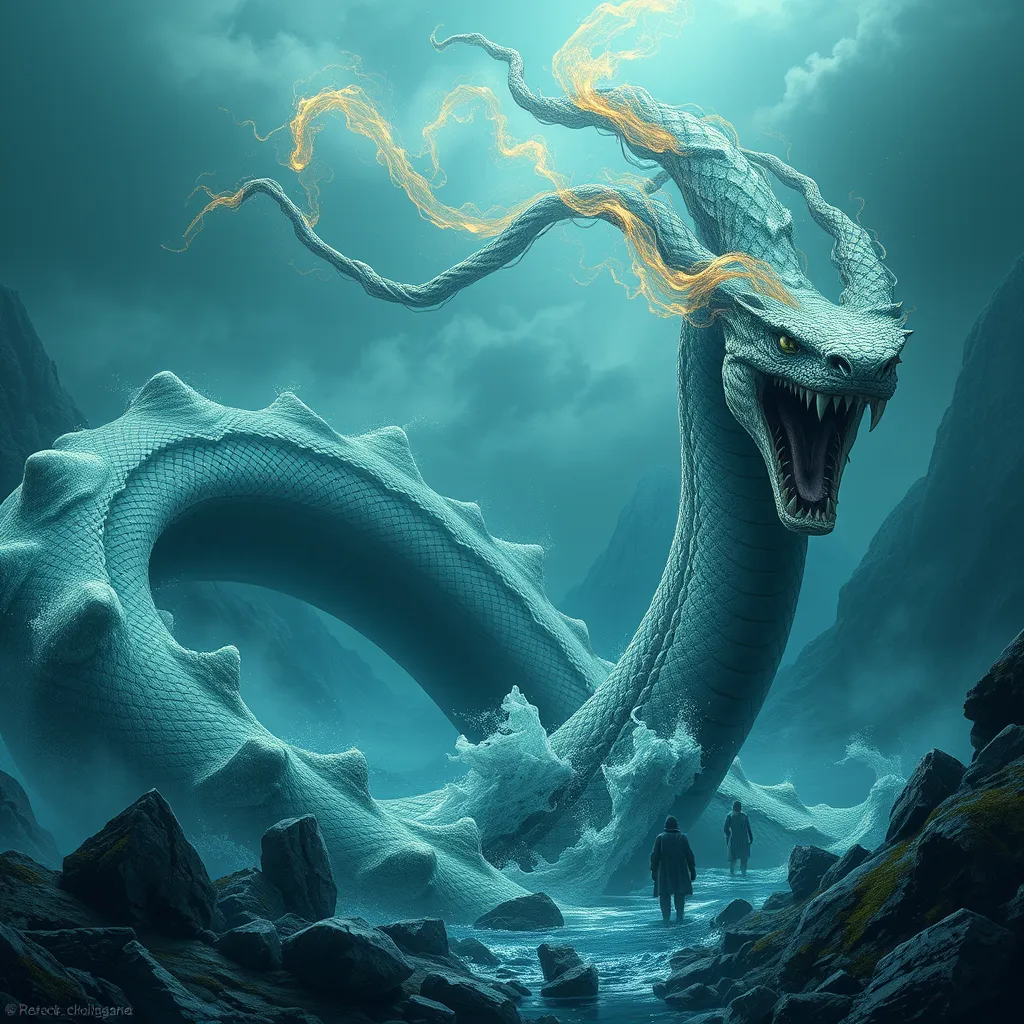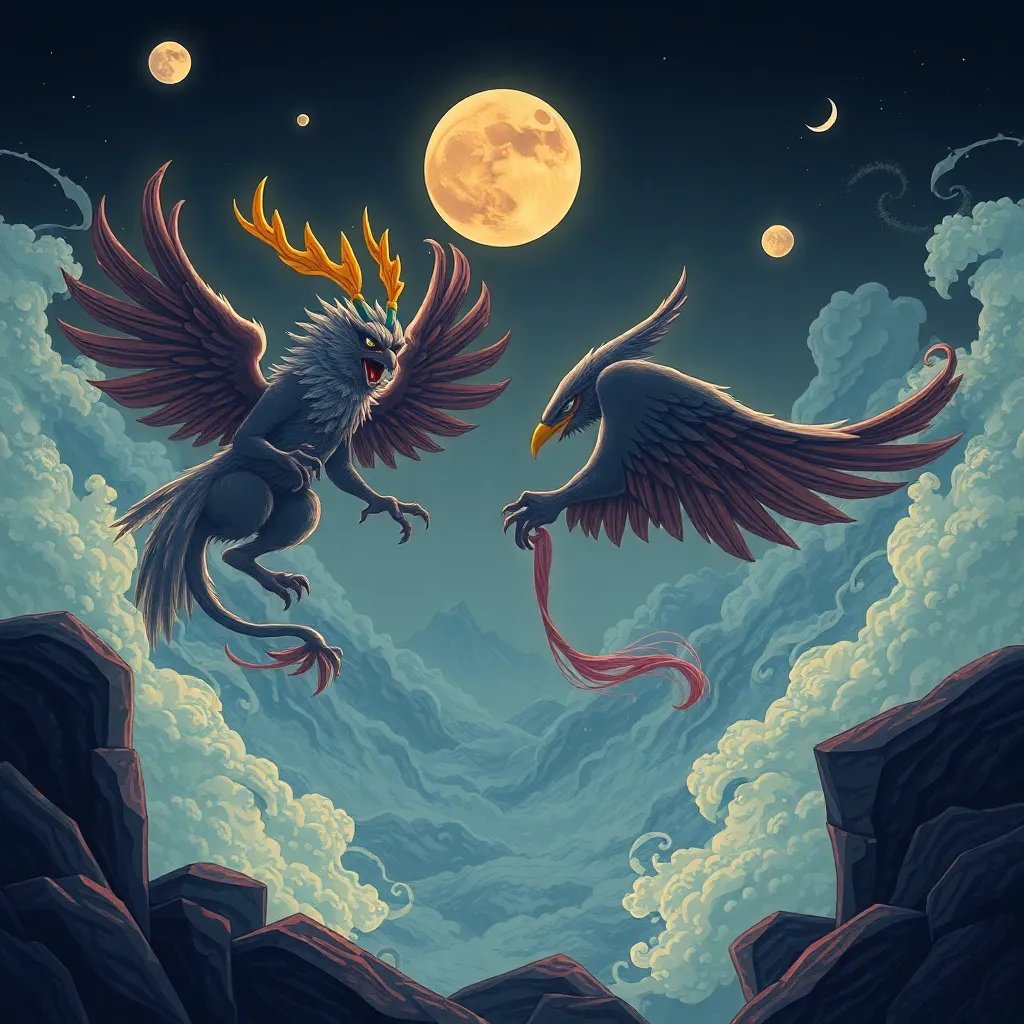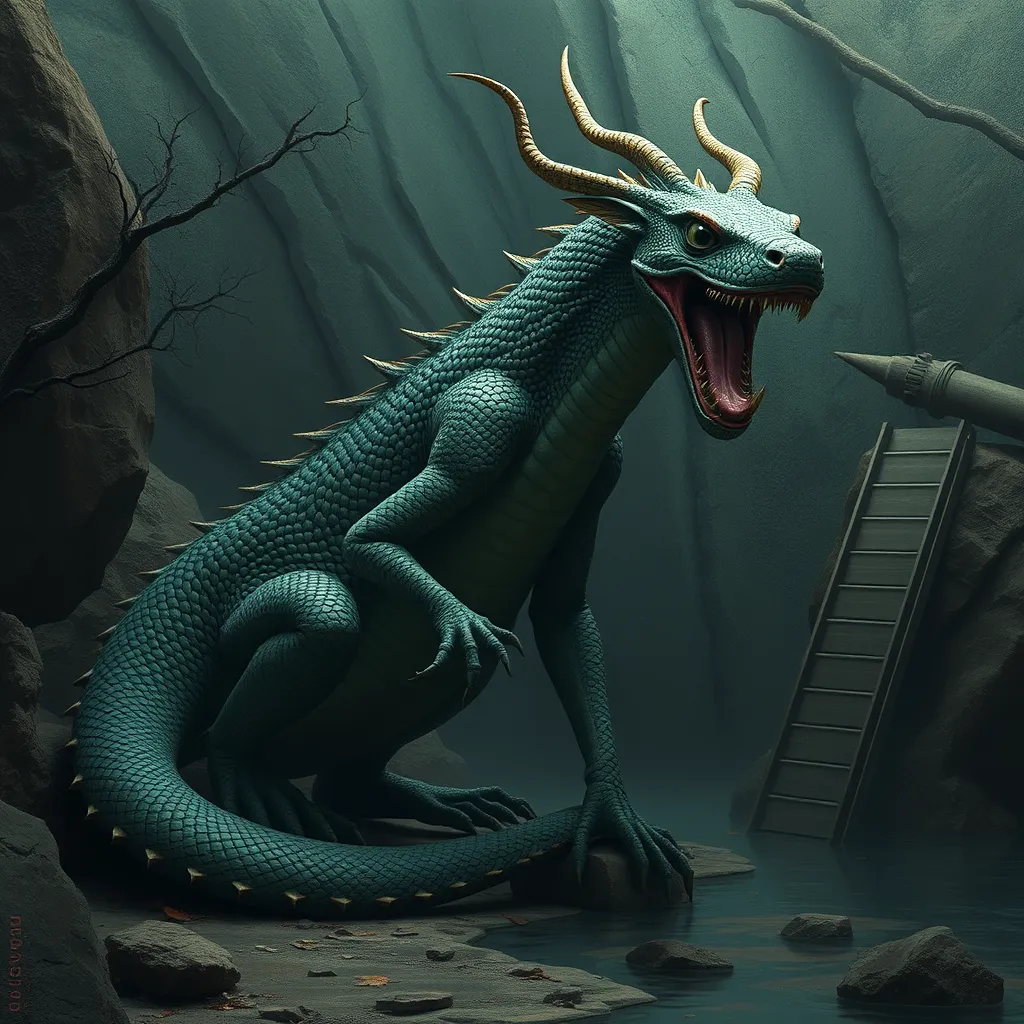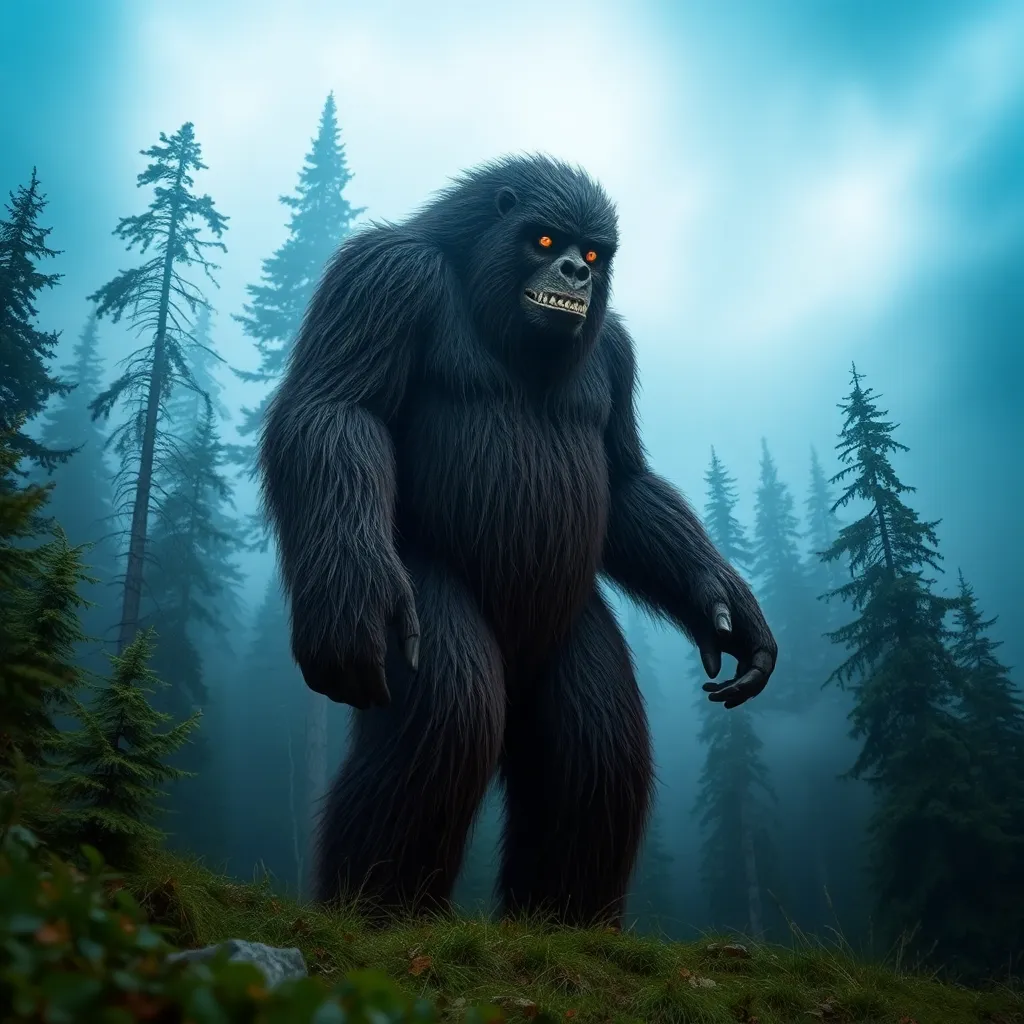The Giant Serpent Jormungandr: A Threat to Asgard in Norse Mythology
I. Introduction
Norse mythology, rich in symbolism and narrative depth, has captivated audiences for centuries. It serves as a crucial cultural artifact that informs us about the beliefs, values, and cosmology of the Norse people. Among the myriad of fascinating figures in this mythology, one stands out for its sheer size and significance: Jormungandr, the World Serpent.
Jormungandr, a monstrous serpent that encircles the Earth, embodies chaos and destruction. As the child of Loki, the trickster god, and Angerboda, a giantess, Jormungandr’s existence is intertwined with some of the most crucial narratives in Norse lore. This article explores Jormungandr’s role as a formidable threat to Asgard, the realm of the gods, and examines its implications within the broader context of Norse mythology.
II. Origins of Jormungandr
A. Birth and lineage of Jormungandr
Jormungandr’s origins are as tumultuous as the creature itself. Born to Loki and Angerboda, he is one of three children that symbolize the chaos inherent in Loki’s lineage. His siblings are:
- Fenrir, the great wolf destined to consume Odin during Ragnarök.
- Hel, the ruler of the underworld who governs those who die of sickness or old age.
B. The prophecy surrounding Jormungandr’s fate
The fate of Jormungandr is heavily steeped in prophecy. According to the seeress in the Völuspá, an important poem in the Poetic Edda, Jormungandr is foretold to rise against the gods during Ragnarök, the end of the world in Norse belief. This prophecy casts a long shadow over his existence, marking him as a harbinger of doom for both gods and mortals alike.
III. Jormungandr’s Role in Norse Cosmology
A. Description of Jormungandr’s physical characteristics
Jormungandr is often depicted as an enormous serpent that is so large it can encircle the Earth, grasping his own tail. His immense size makes him one of the most formidable creatures in Norse mythology. This serpentine form allows him to inhabit the ocean and the realms beyond, symbolizing the vast and untamed powers of nature.
B. The serpent’s relationship with the sea and Midgard
Jormungandr resides in the ocean, which is a critical aspect of his identity. As the Midgard Serpent, he represents the boundary between the known world of humans and the chaotic depths of the sea. His presence serves as a reminder of the dangers lurking beyond the safety of the land, embodying the unpredictable nature of the ocean.
C. Symbolism of Jormungandr in Norse beliefs
In Norse beliefs, Jormungandr symbolizes not only chaos but also the cyclical nature of life and death. His act of swallowing his own tail is often interpreted as an emblem of the endless cycle of destruction and rebirth, reflecting the natural order that prevails in the universe.
IV. Jormungandr and Thor: The Eternal Rivalry
A. Overview of Thor’s significance in Norse mythology
Thor, the god of thunder, is one of the most important deities in Norse mythology. He represents strength, protection, and the defense of Asgard against chaos and evil. His battles against giants and monstrous beings are legendary, and his rivalry with Jormungandr stands as one of the most significant conflicts in the mythological narrative.
B. Key encounters between Thor and Jormungandr
The rivalry between Thor and Jormungandr is characterized by a few notable encounters:
- The fishing trip: In one of the most famous tales, Thor attempts to catch Jormungandr while fishing with the giant Hymir. Using an ox’s head as bait, Thor successfully hooks the serpent, but their encounter is cut short when Jormungandr resurfaces, threatening to unleash chaos.
- The implications of their rivalry: Their struggles symbolize the eternal conflict between order and chaos, with Thor representing the former and Jormungandr the latter. This rivalry is emblematic of the larger battles that shape the fate of the cosmos.
V. The Prophecy of Ragnarök
A. Explanation of Ragnarök in Norse mythology
Ragnarök, often referred to as the “Twilight of the Gods,” is a series of events that leads to the death of many gods, including Odin and Thor, and the destruction of the world as it is known. This cataclysmic event is central to Norse cosmology and underscores the inevitability of fate.
B. Jormungandr’s role in the events of Ragnarök
During Ragnarök, Jormungandr emerges from the depths of the ocean, unleashing his fury upon the world. He is prophesied to engage in a fierce battle with Thor, culminating in both their deaths. This confrontation is one of the critical moments in the narrative of destruction and rebirth.
C. The significance of the final battle between Thor and Jormungandr
The final battle between Thor and Jormungandr symbolizes the ultimate confrontation between the forces of order and chaos. Their struggle represents the climactic moment in the cosmic cycle, where the balance of existence hangs in the balance. Thor’s defeat of the serpent, albeit short-lived, signifies a fleeting victory against chaos.
VI. Jormungandr’s Impact on Asgard
A. Threat to the gods and their realm
Jormungandr serves as a significant threat to Asgard, the home of the gods. His existence poses challenges to the stability and safety of the divine realm, reinforcing the notion that chaos is an ever-present danger in the world.
B. The concept of chaos versus order in the context of Jormungandr
The battle between Jormungandr and Thor encapsulates the theme of chaos versus order, a recurring motif in Norse mythology. The serpent embodies the unpredictable forces of nature, while Thor represents the protective measures taken by the gods to maintain harmony in their world.
C. Consequences of Jormungandr’s actions for the gods and Midgard
The consequences of Jormungandr’s actions are far-reaching. His role in Ragnarök leads to the deaths of key figures in Norse mythology, reshaping the universe and paving the way for a new order to emerge from the chaos.
VII. Jormungandr in Modern Culture
A. Depictions of Jormungandr in literature, film, and art
In modern culture, Jormungandr has been depicted in various forms of media, from literature to film and visual arts. His image resonates with themes of chaos and destruction, making him a compelling figure in contemporary storytelling.
B. Influence of Jormungandr on contemporary interpretations of Norse mythology
Jormungandr’s legacy continues to influence how we perceive Norse mythology. His character often serves as a metaphor for the chaotic forces in our lives, drawing parallels between the ancient narratives and modern existential themes.
C. The enduring legacy of Jormungandr as a cultural icon
As a cultural icon, Jormungandr embodies the complexities of human existence—struggles against chaos, the inevitability of fate, and the cyclical nature of life and death. His story remains relevant in discussions of mythology and its implications for contemporary life.
VIII. Conclusion
In conclusion, Jormungandr’s significance in Norse mythology cannot be overstated. As a formidable threat to Asgard, he embodies the chaos that challenges the order maintained by the gods. The themes of fate, conflict, and chaos reflected in his narrative resonate deeply within the mythological framework, offering insights into the human condition.
Ultimately, Jormungandr serves as a reminder of the delicate balance between order and chaos, and the eternal struggles that define existence. His story continues to captivate and inspire, highlighting the relevance of mythological narratives in understanding our world.



